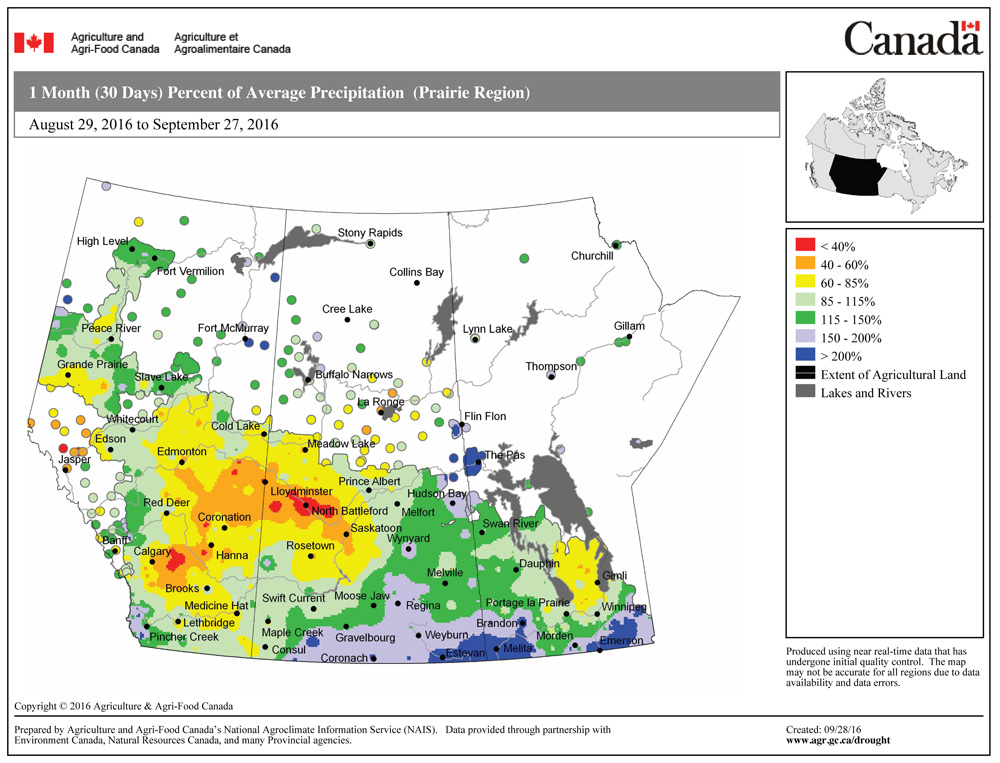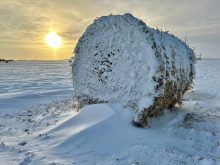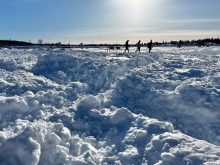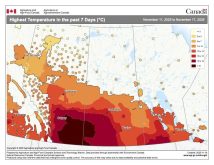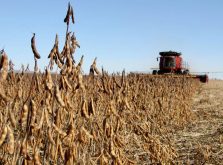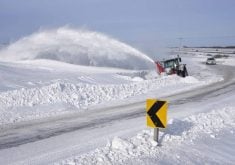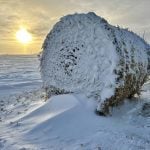Once again, weather models did a good job predicting major weather makers over the last week, but as we have seen several times over the past months, the models struggled with the timing of these systems.
The strong area of low pressure that was forecast to develop to our west last weekend and then move northward through Saskatchewan did develop and move as expected. This low ended up only being part of a larger area of low pressure that was slowly spinning up over the western U.S.
Read Also
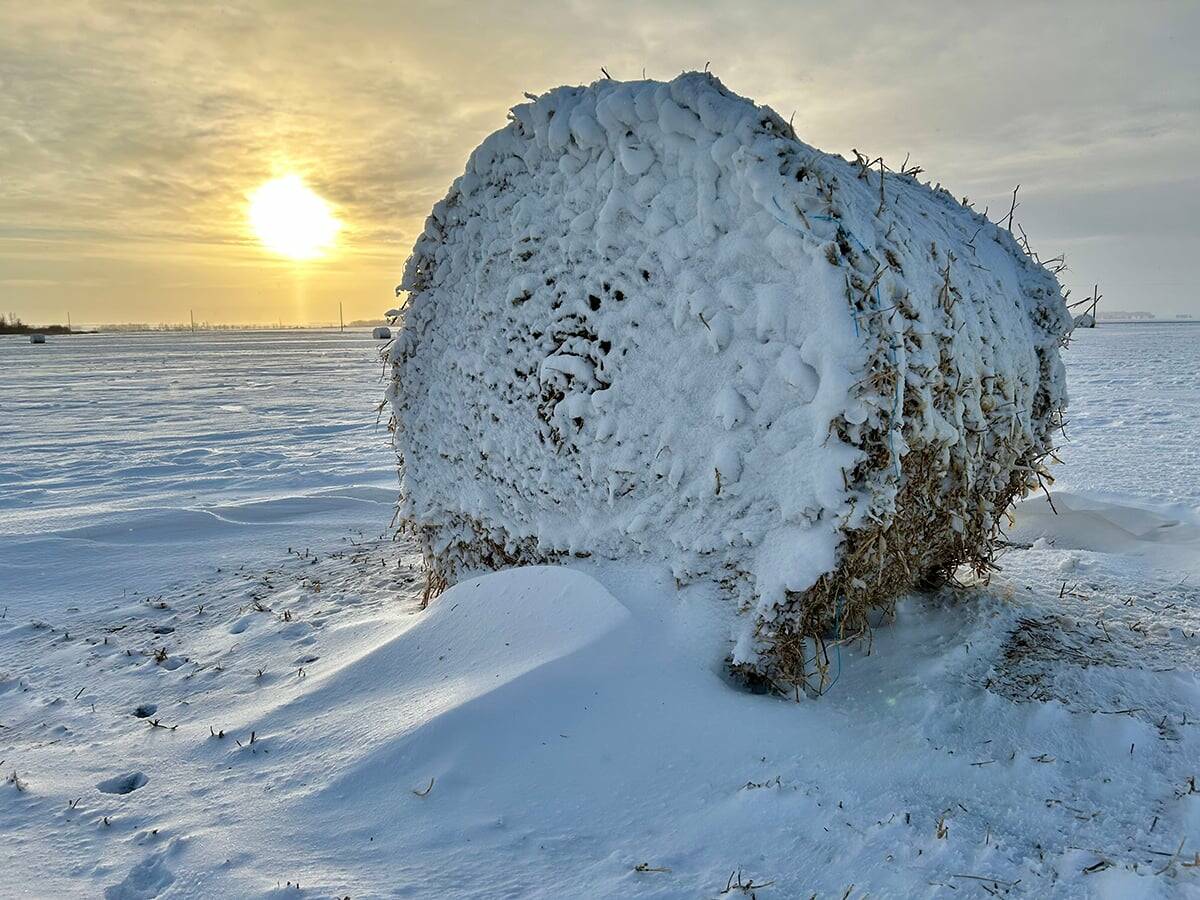
What is perfect Christmas weather?
What is ‘perfect’ Christmas weather on the Prairies? Here’s where you should head this holiday, according to historical weather data.
This is where our forecast begins, with a large surface and upper low slowly pushing northeastward through Manitoba. The exact track of this system is a little uncertain, but it looks like it will move through southeastern Saskatchewan and into the north-central Interlake by late Wednesday. This will bring plenty of clouds and showers to all regions on Wednesday, with the best chance of steady rain falling north and west of the main low.
We will likely see clouds and showers kick around on both Thursday and Friday as the low slowly moves off into Ontario. Cool arctic high pressure will begin to push in behind the low, bringing much cooler temperatures into our region. Expect daytime highs under the clouds to be in the low teens and overnight lows in the 4 C range. Clearing skies either Friday or Saturday night will bring the coldest temperatures so far this fall, with a good chance of most areas seeing frost — and a killing frost likely.
We should expect to see sunny to partly cloudy skies on Sunday and Thanksgiving Monday as the arctic high slowly slides to the east. Temperatures will continue to be on the cool side, but as the high moves farther to the east, we should see a milder southerly flow develop. This will help to boost daytime highs back into the upper teens by Tuesday or Wednesday.
Usual temperature range for this period: Highs, +8 to +19 C; lows, -2 to +7 C.


